Understanding the Relationship Between Nucleus Size and Atomic Radius
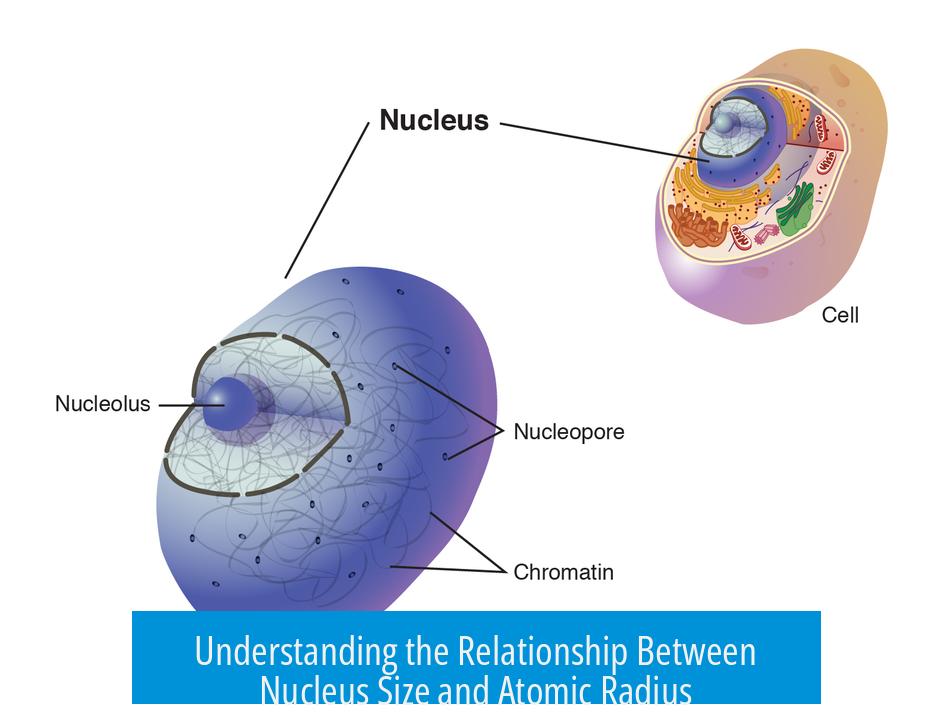
The atomic radius becomes smaller when the nucleus is bigger due to the increased positive charge from more protons. This stronger nuclear charge pulls the electrons closer, shrinking the atomic radius within the same electron shell.
This explanation primarily holds within the same period on the periodic table, where electrons occupy the same principal energy level or shell. As the number of protons rises left to right, the stronger attraction between the nucleus and electrons reduces the size of the atom.
Atomic Radius Trends Across the Periodic Table
1. Across a Period (Left to Right)
- Proton count increases while electrons fill the same shell, intensifying the nuclear charge.
- Effective nuclear charge refers to the net positive charge experienced by electrons after accounting for shielding by inner electrons.
- With more protons and unchanged shell count, outer electrons experience stronger attraction to the nucleus, drawing them closer and reducing the atomic radius.
- The electron repulsion remains relatively constant within the shell, so it cannot counterbalance the increased proton attraction.
This results in a consistent decrease in atomic radius moving from left to right across a period.
2. Down a Group (Top to Bottom)
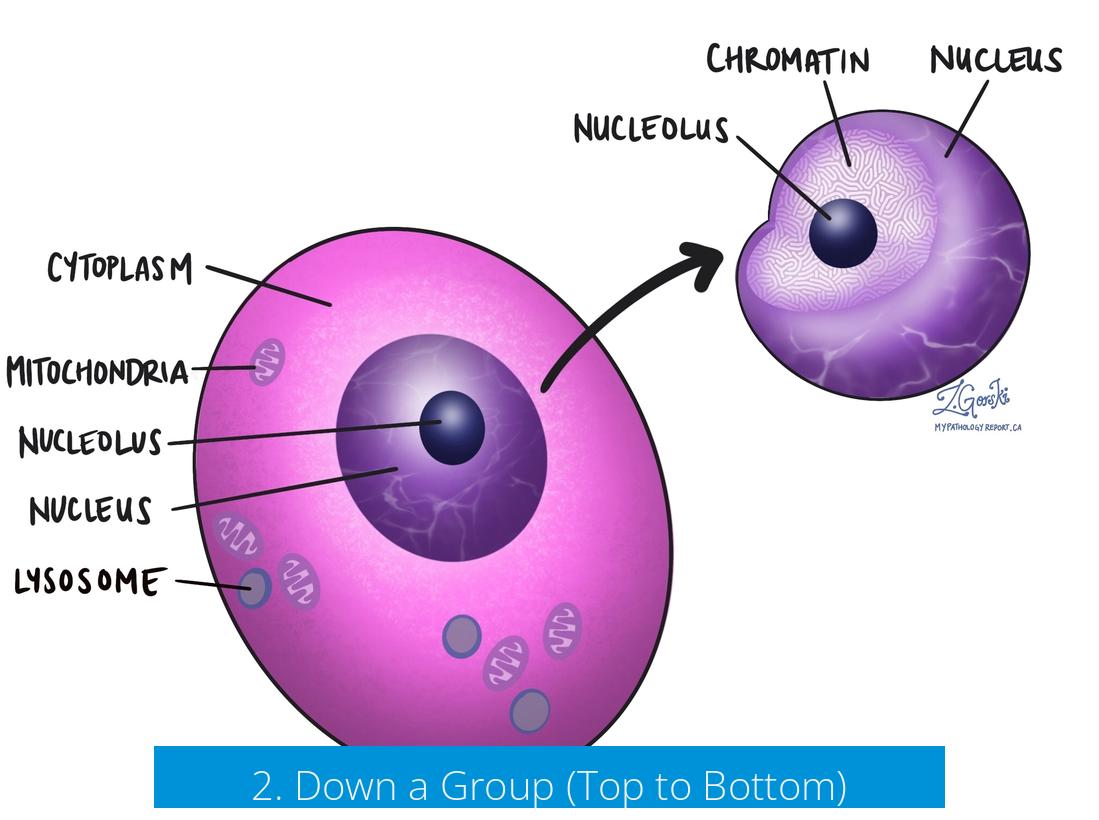
- New electron shells are added as you move down a group, increasing the distance between the outermost electrons and the nucleus.
- Though the proton count grows, electron shielding by inner shells diminishes the nucleus’ pull on valence electrons.
- The combined effect causes the atomic radius to increase despite higher nuclear charge.
Hence, atomic size grows down a group as additional shells outweigh the increasing positive charge.
The Role of Protons and Electron Interactions
Proton Influence on Electron Positioning
The nucleus’s positive charge attracts negatively charged electrons. Adding more protons increases this pull. Within the same shell, this effect predominates because electrons are not added to new shells that would increase radius.
From left to right across a period, the increasing number of protons strengthens the Coulombic attraction. This causes the outer electrons to be drawn inward, which leads to a smaller atom.
Electron Repulsion and Shielding Effects
- Electrons repel each other due to their negative charge.
- Inner electrons shield outer electrons from the full nuclear charge. This reduces the effective nuclear charge felt by valence electrons.
- The effectiveness of shielding varies among orbitals, with s orbitals shielding better than p, d, or f orbitals.
- Despite shielding, across a period, increased proton count leads to a net increase in effective nuclear charge.
Comparing Nucleus Size and Atomic Radius
The nucleus itself is extremely small relative to the atom’s total radius. Electron orbitals define the atomic radius, which is approximately 10,000 times the size of the nucleus.
Changes in nucleus size are negligible for atomic radius compared to the effect of nuclear charge. The increased number of protons affects electrostatic forces that draw electron shells inward, thus reducing atomic radius, not the nucleus’s physical size.
Summary of Why Larger Nucleus (More Protons) Leads to Smaller Atomic Radius
“When you have more positive protons they pull more on the negative electrons. The increase in protons also increases how strong the electrons are pulled towards the core, and thus the atom becomes smaller.”
- Across a period, as proton number increases without adding electrons to new shells, atomic radius decreases.
- Effective nuclear charge exerts a stronger pull on electrons, drawing them closer.
- Electron shielding and repulsion play secondary roles within the same shell, unable to offset increased attraction.
- Down a group, added shells expand the radius despite increased nuclear charge due to shielding and distance.
Key Takeaways
- The atomic radius shrinks across a period because extra protons increase the effective nuclear charge.
- Electrons in the same shell feel stronger nuclear attraction, pulled closer to the nucleus.
- Size increases down a group due to additional shells outweighing nuclear charge increase.
- The nucleus is vastly smaller than atomic radius; its increased proton count influences electrostatic forces, not physical size.
- The balance between proton attraction and electron shielding governs atomic radius trends.


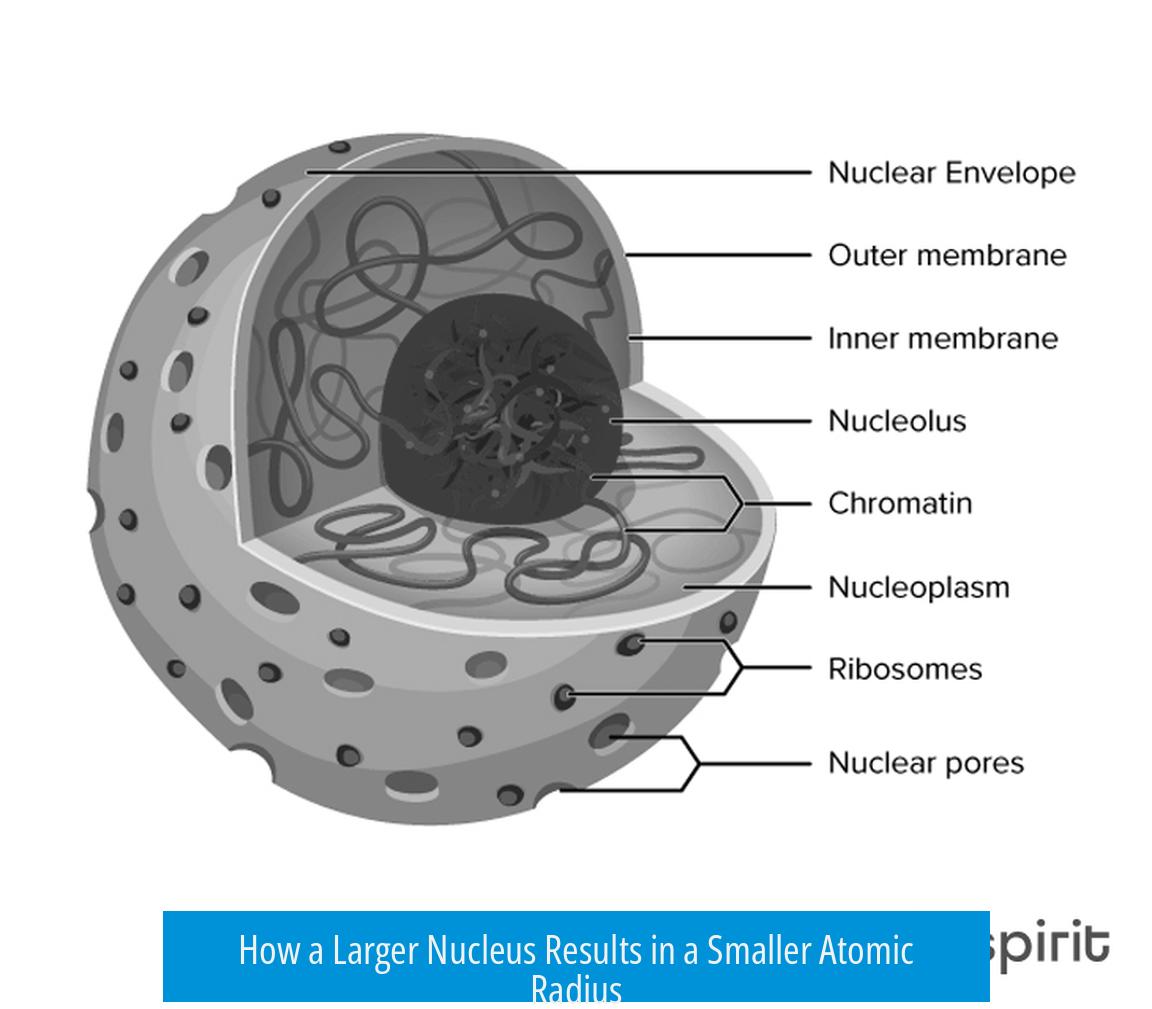
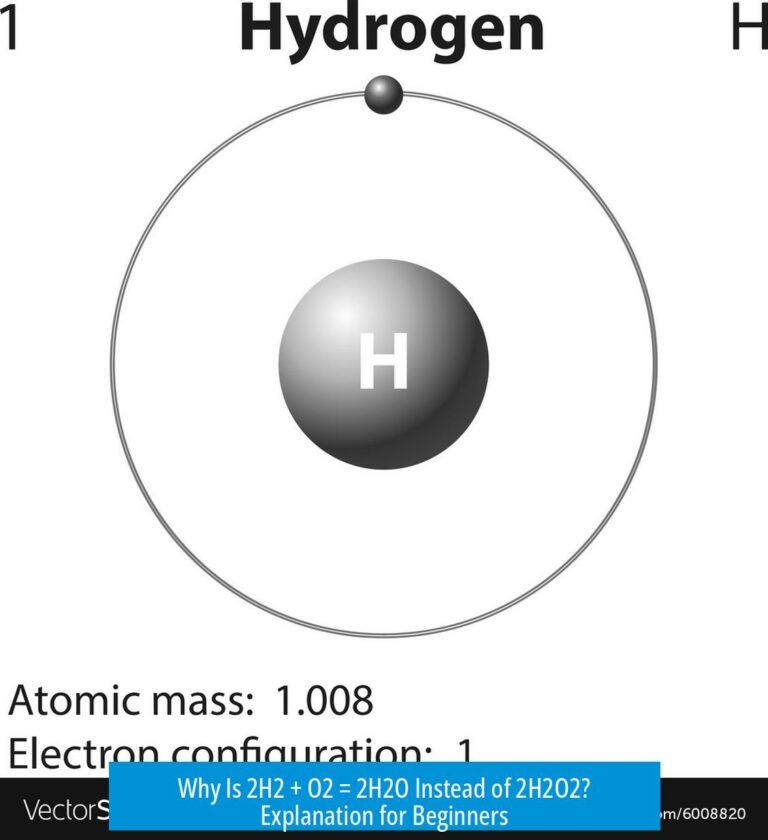
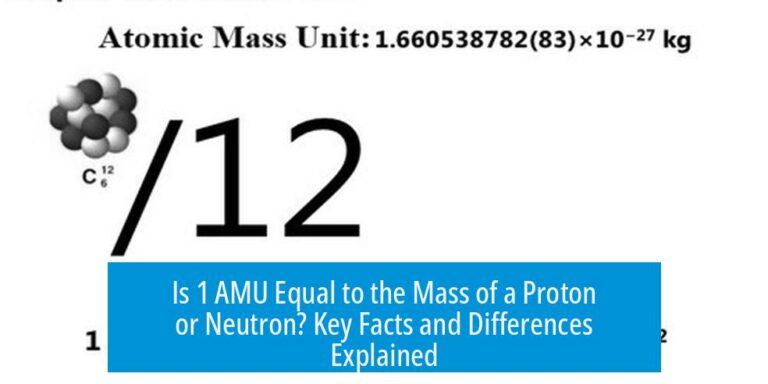
Leave a Comment